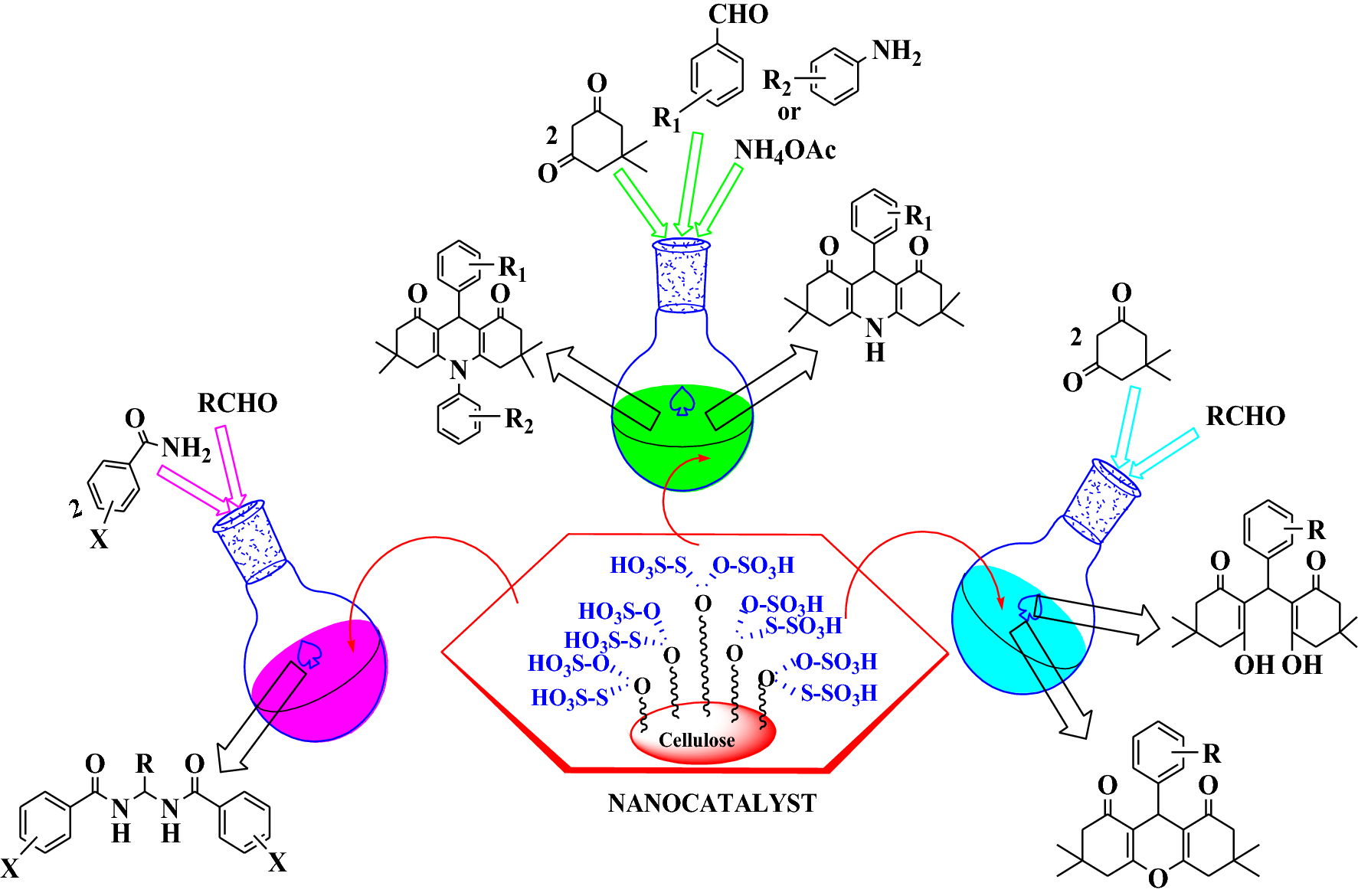
This is an introductory page about alkenes such as ethene, propene and the rest. Hydrocarbon All organic compounds derived from a group of compounds known as hydrocarbons. The PCAH adsorbed on the soot particles leaving the flame have been analysed by. Reading assignment: make note on the following: e-configuration, Valence electrons, Hybridization, resonance structure. An index of CRSE is proposed to define contribution ratio of supercritical extraction to the activity of the HZSM-5 catalyst in the developed kinetics model, and it is found that the CRSE increases with increasing hydrocarbon feed rates and decreasing catalytic activities, and reaches maximum value when the coke formation rate equals to the coke removal rate by supercritical hydrocarbon. With ethylene, the amounts of dry soot, chloroform-soluble material. (650 ☌) and catalyst to oil (C/O) ratio of 4, the olefins yield decreased in the order of M-cat (32.7 wt ) > E-cat (30.3 wt ) > thermal cracking (22.8 wt ). Thermal cracking gave a higher yield of ethylene. According to the estimated reaction rate and adsorption constant of n-dodecane on HZSM-5 at different temperature, the activation energy of 125.4 kJ/mol and adsorption heat 109.5 kJ/mol were calculated. The synthesized catalysts were evaluated for steam-assisted n-dodecane cracking in a fixed bed reactor. hybrid orbitals of carbon and 1s orbitals of hydrogen atoms.


A first-order Langmuir kinetic model with a novel decay function is developed for the supercritical catalytic cracking of hydrocarbon incorporating supercritical extraction effect on catalyst stability, which is satisfactory to describe the kinetic behaviors of catalytic cracking of supercritical n-dodecane. The results show that both the activity of the catalyst and its stabilization towards deactivation decrease with increasing pressure, and the catalyst maintains substantially higher activity when feed rate exceeds 4.00 ml/min under supercritical conditions. The catalytic cracking of n-dodecane over HZSM-5 zeolite catalyst was investigated at 400–450 ☌ under supercritical and subcritical pressures (0.1–4.0 MPa).


 0 kommentar(er)
0 kommentar(er)
